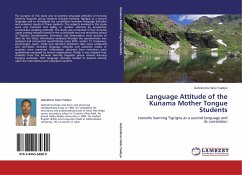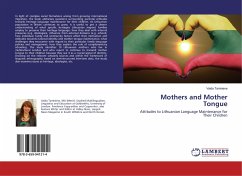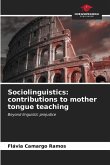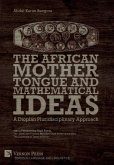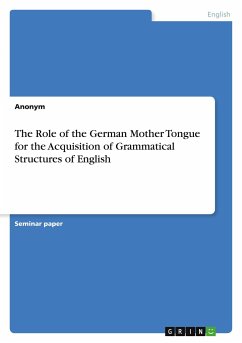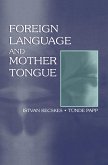The purpose of this study was to examine language attitudes of Kunama minority linguistic group students towards learning Tigrigna as a second language and to investigate the correlations between language attitudes and academic results of these students. The subjects involved in the study were one hundred and eighty in number selected by prospective convenience sampling methods. The study was conducted in four Kunama upper primary schools located in the countryside and one secondary school at Sheraro. Questionnaire, interviews and observations were sources of data for the study. Information obtained through the questionnaire was analyzed and interpreted quantitatively using SPSS, version 17. Frequency, percentages, mean, mode and standard deviations data were computed and correlation between language attitudes and academic results of students were examined. Information obtained from interviews were qualitatively expressed by textual explanations. Finally, it was attested that students from the Kunama minority linguistic group viewed learning Tigrigna positively. Their language attitudes tended to depend entirely upon the instrumental and integrative benefits.
Bitte wählen Sie Ihr Anliegen aus.
Rechnungen
Retourenschein anfordern
Bestellstatus
Storno

